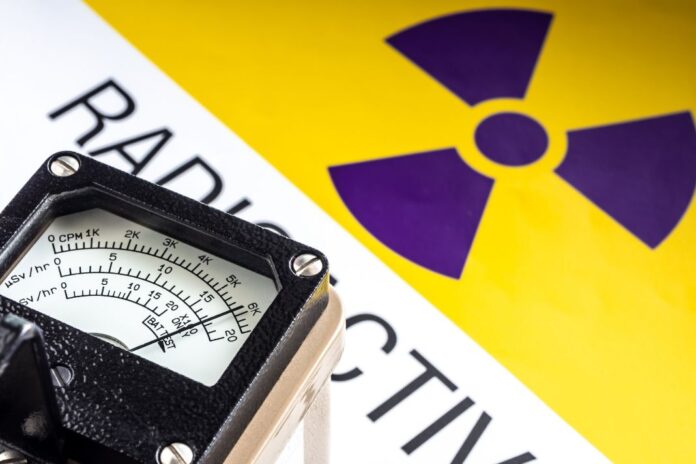Introduction: Radiation protection equipment is the cornerstone of safety in diagnostic centers, ensuring the well-being of both patients and healthcare professionals. These valuable investments safeguard against the harmful effects of ionizing radiation. However, to maximize the return on your investment and ensure ongoing safety, proper maintenance is essential. In this article, we explore the significance of radiation protection equipment maintenance and how it can prolong the life of your investments.
The Lifespan of Radiation Protection Equipment: Radiation protection equipment, such as lead aprons, thyroid collars, and lead-lined walls, is built to last. However, it is not immune to wear and tear. Over time, exposure to radiation, bending, folding, and other factors can lead to degradation and reduced effectiveness.
The Importance of Maintenance: Routine maintenance is crucial for several reasons:
- Safety: Effective maintenance ensures that radiation protection equipment continues to provide the necessary shielding to keep patients and healthcare workers safe.
- Compliance: Compliance with regulatory standards, such as those set by the Atomic Energy Regulatory Board (AERB) in India, requires that equipment be maintained to a certain standard.
- Cost-Efficiency: Proper maintenance can extend the lifespan of equipment, reducing the need for premature replacements, which can be costly.
Steps in Radiation Protection Equipment Maintenance:
- Visual Inspection: Regularly inspect equipment for visible damage, such as cracks, tears, or wear. Pay close attention to seams and joints, as these areas are more susceptible to damage.
- Cleaning: Keep equipment clean by wiping it down regularly with a damp cloth. Avoid using abrasive cleaners or chemicals that may damage the protective materials.
- Storage: Store equipment properly, hanging aprons and collars to prevent creasing or folding. Avoid exposing them to extreme temperatures or direct sunlight.
- Lead Integrity Check: Periodically check lead aprons and other protective gear for signs of lead degradation or delamination. This is crucial to maintain their protective qualities.
- Repairs: Any damaged or compromised equipment should be repaired promptly by a qualified technician to ensure it meets safety standards.
- Quality Control: Implement a quality control program that includes regular testing and evaluation of equipment to ensure it meets safety requirements.
Staff Training and Awareness: Ensure that your staff is educated about the importance of equipment maintenance and that they are aware of the signs of damage or wear. Encourage a culture of responsibility when it comes to equipment care.
Documentation and Records: Maintain detailed records of equipment maintenance and inspections. This documentation serves as evidence of compliance with regulatory standards and provides a history of the equipment’s condition.
Conclusion: Radiation protection equipment is an essential investment in the safety and well-being of patients and healthcare professionals in diagnostic centers. Proper maintenance is not just a best practice; it is a necessity.
By implementing a structured maintenance program that includes visual inspections, cleaning, lead integrity checks, and quality control, diagnostic centers in India can ensure that their radiation protection equipment remains effective, compliant with regulations, and cost-efficient in the long run. Regular maintenance is the key to prolonging the life of these valuable investments and ensuring continued safety in the medical field.






